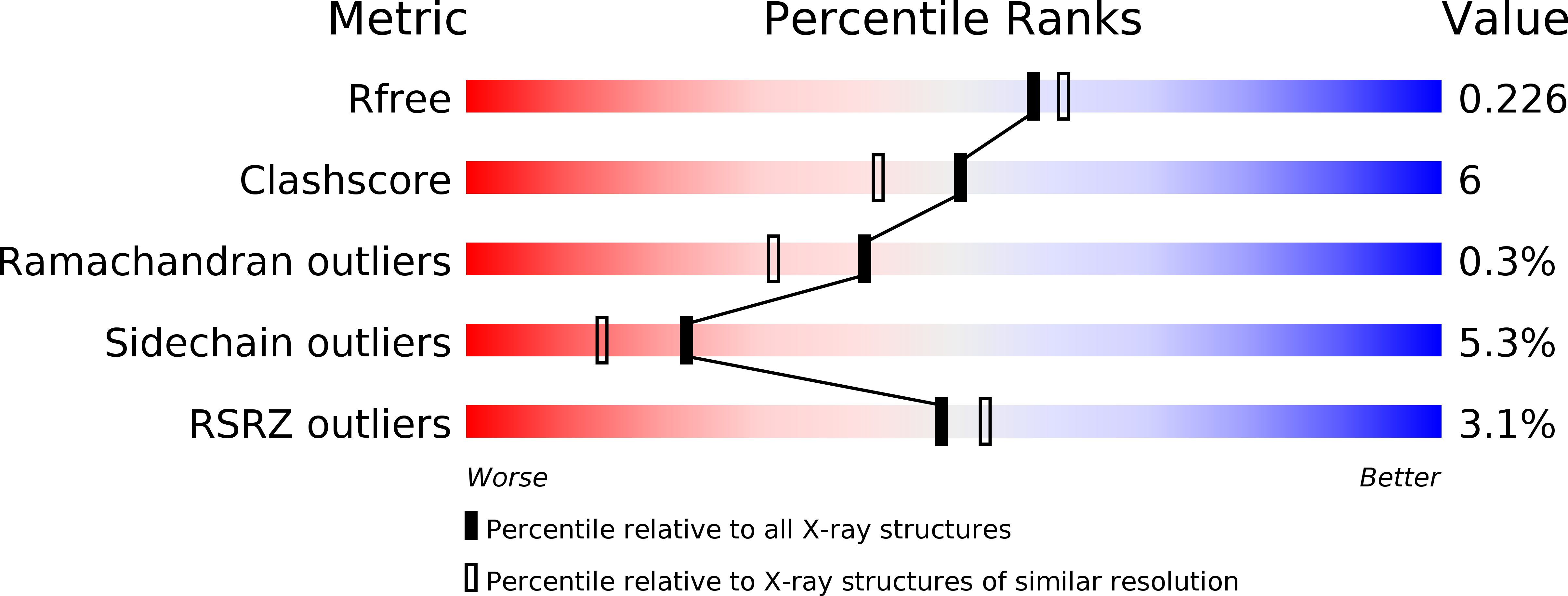
Deposition Date
2000-01-28
Release Date
2001-01-31
Last Version Date
2024-11-20
Entry Detail
Biological Source:
Source Organism:
Gerbera hybrid cultivar (Taxon ID: 18101)
Host Organism:
Method Details:
Experimental Method:
Resolution:
2.05 Å
R-Value Free:
0.24
R-Value Work:
0.18
Space Group:
P 31 2 1


